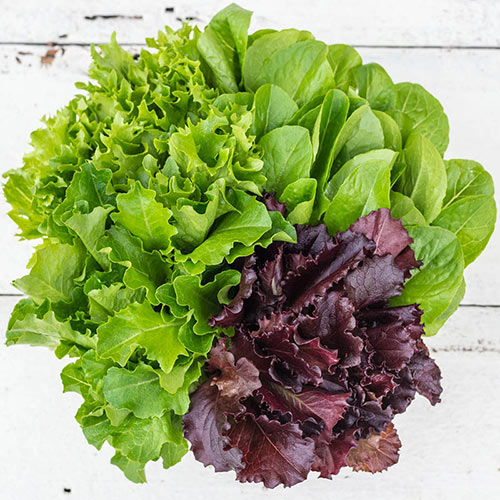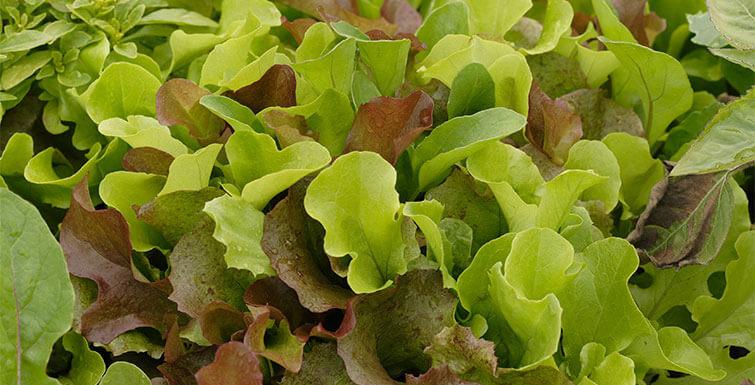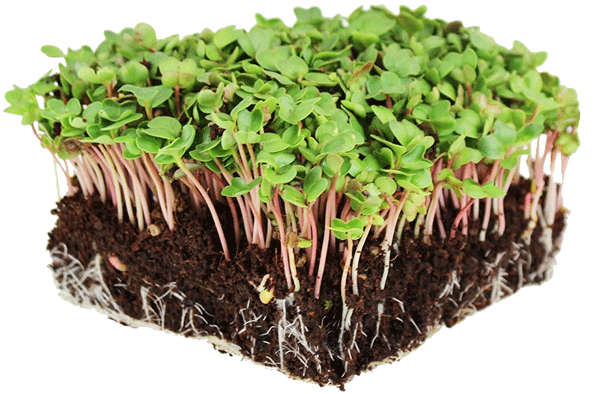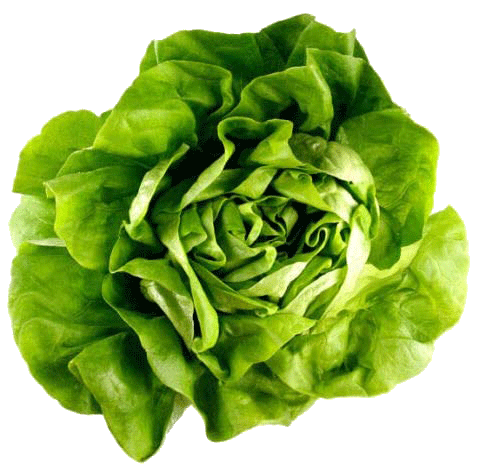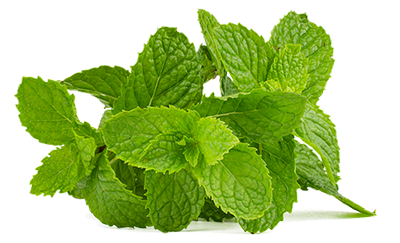Lettuce (Lactuca sativa), along with its younger plant versions baby leaf lettuce and lettuce microgreens, belong to the Asteraceae family, which includes endive, chicory, and radicchio. A baby leaf lettuce is lettuce at an immature stage bred for its appeal. As baby greens, they have characteristics that make them particularly attractive for mixes. Their leaves are tasty and succulent with a good texture and come in a variety of shapes and colors.
While a full-grown lettuce green is harvested around 45-55 days, its baby leaf green gets harvested earlier around 25 days. Baby leaf lettuce is the intermediate stage between microgreens, which are harvested between 8-12 days after planting, and mature lettuce.
Baby leaf lettuce is available in many different varieties that allow growers to blend them to create a special attraction in the dining table. Some of the more popular varieties of baby leaf lettuce include Romaine and its varieties, black seeded Simpson, tango, red sails, tamarindo, blade, and many more.
Based on records, the ancient Egyptians first cultivated lettuce for the production of oil from its seeds. The plant was probably selectively bred into a plant grown for its edible leaves. Evidence of its cultivation appeared as early as 2680 BC.
Seeds grown as baby leaf lettuce are popularly blended for a beautiful mix of green and red lettuces in a variety of colors, leaf shapes, and flavors. They are carefully selected to grow perfectly together for delicious baby leaf salads. Some of the usual considerations in the selection of the components in these blends are their traits like uniform growth rates, good color combinations, and common resistance to downy mildew. Blends, which are described by different names by seed providers, may include different varieties of the baby leaf green.
